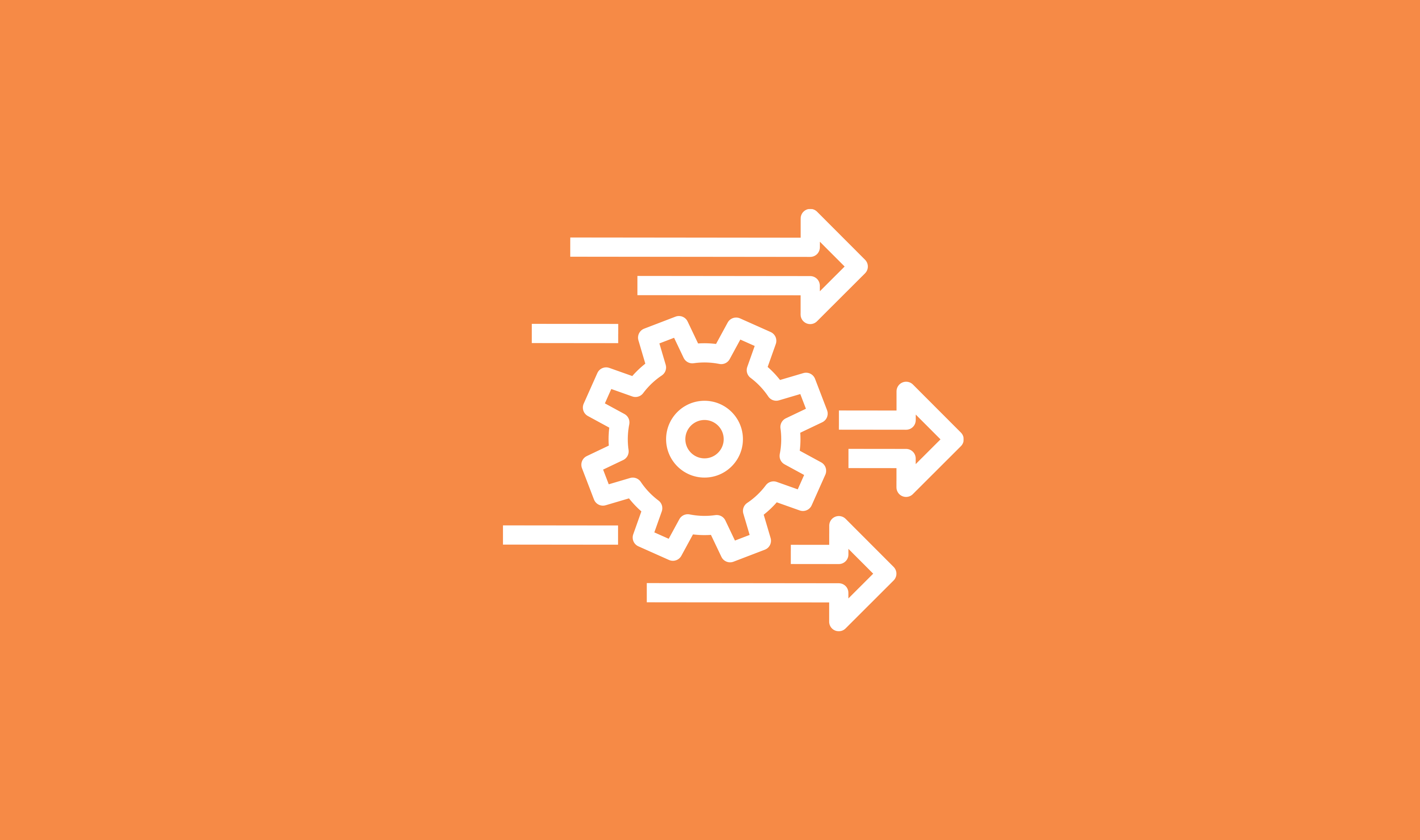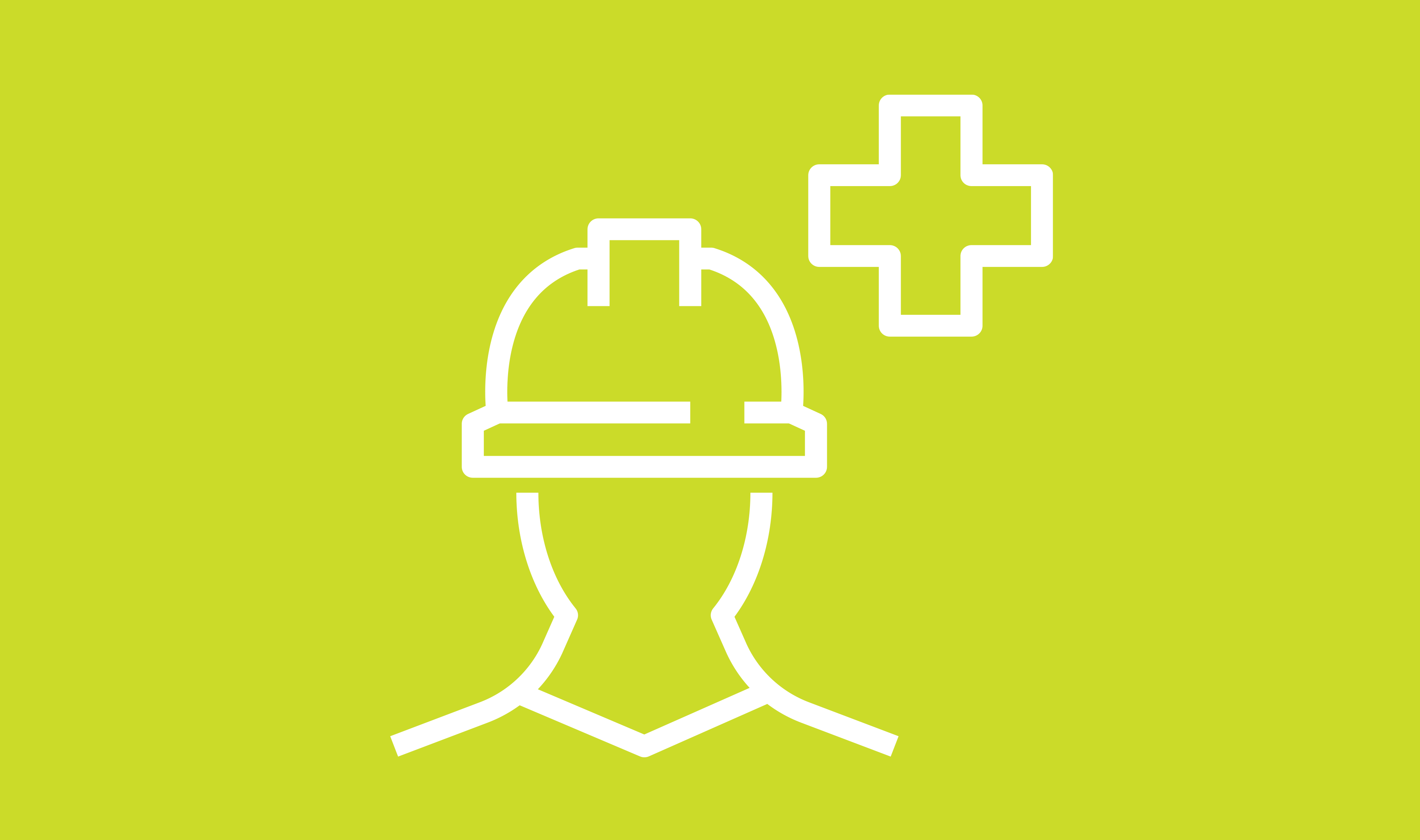Building information modelling is sometimes regarded simply as a more advanced form of computer-aided three-dimensional design, but BIM is actually a digitally-enabled collaborative process that extends well beyond physical design of a built asset.
A BIM-enabled project may involve design authoring and checking applications, scheduling software, online information management platforms (sometimes referred to as ‘common data environments’, CDEs), visualisation solutions, and mobile and tablet-based apps, as well as conventional tools and outputs such as emails, spreadsheets and PDFs. As such, a collaborative and inclusive BIM process should support the work of every project participant from suppliers to site workers, including those with niche responsibilities such as managing H&S or quality.
BIM and emerging H&S standards
To date, global adoption of BIM has proceeded at different paces in different countries. Sustained government promotion of BIM in the UK has encouraged extensive adoption to the point that UK BIM processes and standards, also widely accepted in Australasia and Africa, are becoming the building blocks of international approaches. The first elements of ISO 19650 – based on draft British standards in the BS or PAS 1192 series – were published in January 2019 and should, eventually, be extended to cover health and safety.
Published in 2018, PAS 1192 Part 6 specifies requirements for the collaborative sharing of structured H&S information throughout project and asset life-cycles. It provides guidance on how H&S information should be initially produced and then developed through design and construction and into operation and maintenance of assets. It specifies how H&S information should be used to:
- provide a safer and healthier environment for end-users
- mitigate the inherent hazards and risks across the asset life cycle
- improve construction H&S performance, with fewer incidents and associated impacts
- provide for clearer, more assured and relevant H&S information to the right people at the right time
- reduce construction and operational costs
BIM, digital working and H&S
BIM can play a key role in safe delivery of projects. For instance, during design and pre-construction work, 3D visualisations of a building can be shared with end-users to get feedback on how business activities, including safe building repair and maintenance processes, might be undertaken. In such virtual prototypes, 3D walk-throughs and fly-throughs are now common; some projects are also using immersive virtual reality (VR) technologies – these range from “3D caves” where the model is projected onto the floor, walls and ceilings of a specifically created space, to the use of headsets such as Oculus Rift or Hololens.
During design and pre-construction work, 3D visualisations of a building can be shared with end-users to get feedback on how business activities, including safe building repair and maintenance processes, might be undertaken.
Ahead of the construction phase, 4D BIM can be used for logistical purposes and to model different construction sequences, including the location of cranes and other plant, temporary support structures, materials and tools stores, emergency evacuation routes, etc. Clash detection can identify potential issues – eliminating the need to cut holes in concrete or re-route piping to remedy clashes, for example. On-site processes can also be modeled to eliminate potential safety risks, particularly relating to personnel working at height – falls make up a high proportion of construction industry fatalities.
Once a project is underway, digital technologies can be used to safely visualise work in progress, perhaps using information gathered through techniques such as laser-scanning and photogrammetry. While an immersive headset would not be safe to use on-site (impairing the user’s awareness of the surrounding site), mixed or augmented (AR) reality hardware and software solutions – the Daqiri site helmet, for example – provides users with additional contextual information ‘overlaid’ on their view of the real-life site. The (February 2019) launch of Microsoft’s latest Hololens 2 mixed reality product, showcased at the Mobile World Congress in Barcelona, saw coordinated announcements of two related products by AEC software vendors Bentley Systems and Trimble.
BIM for quality management
BIM processes and technologies can also be deployed for quality management purposes. Disasters such as the Grenfell Tower fire in London and major bridge collapses in Italy and Miami have focused public as well as construction attention on the ability of the industry to design, construct, operate and maintain assets that will not be subject to catastrophic failures.
As mentioned, BIM and related digital technologies and processes enable project teams to prototype a built asset in a virtual environment before construction even starts. This helps to ensure that the design is coordinated, that interfaces are managed, that build-ability is tested, and – by engaging with end-users – that the finished asset will function as required and be efficiently maintained.
Design for Manufacture and Assembly (DfMA) also complements BIM well, mitigating the quality risks often associated with traditional labour-intensive onsite working. Applying factory quality assurance and testing procedures reduces onsite commissioning and defect rectification, and can dramatically cut reworking and snagging (punch lists).
One area particularly applicable to quality management is the use of rule-based model checking of the designs for compliance, especially from a regulatory perspective. Software applications can test designs’ compliance with building regulations or codes – Belgium’s XINAPS, for example, has devised a cloud-based service that will check models for compliance against either national regulations or client-specific requirements in relation to fire safety and accessibility for people with disabilities.
Once a built asset enters the construction phase, complementary technologies can help support a BIM-enabled quality management process. For instance, 360-degree laser scanning and photogrammetry can be used, perhaps in conjunction with the VR, AR and mixed reality visualisation tools mentioned earlier, to verify the accuracy and completeness of ongoing construction works against what was specified in the design model, improving quality assurance, creating clarity and making progress data more accessible.
Whole-life value and quality
BIM may also support a wider cultural shift across the built environment industry towards a focus on delivering best whole-life outcomes rather than – as is currently often the case – the lowest initial capital cost.
Using the “internet of things” and incorporating sensors into the built environment, and connecting raw data about the asset to internal business systems, means clients and their project team partners can get real-time insights into the actual performance of their buildings and other assets – vital feedback that can then be used to continuously improve the design, construction and operation of the next generation of such assets.
And, of course, if problems do arise – say, a particular component or system is found to have a manufacturing fault – then having a detailed “digital twin” means every instance of that item can quickly be identified and a planned process of replacement can then be quickly implemented.
So what does this mean for us moving forward?
The sheer scale and complexity of many construction projects make it difficult to completely eradicate health, safety and environmental issues. However, as has been seen, the growing adoption of BIM and related digital technologies, is combining to reduce the human, economic, social, environmental and reputation impacts of work-related deaths, injuries and illnesses in the sector. As the use of BIM becomes more widespread, the emphasis on improving health, safety and quality within the built world, should only increase.





